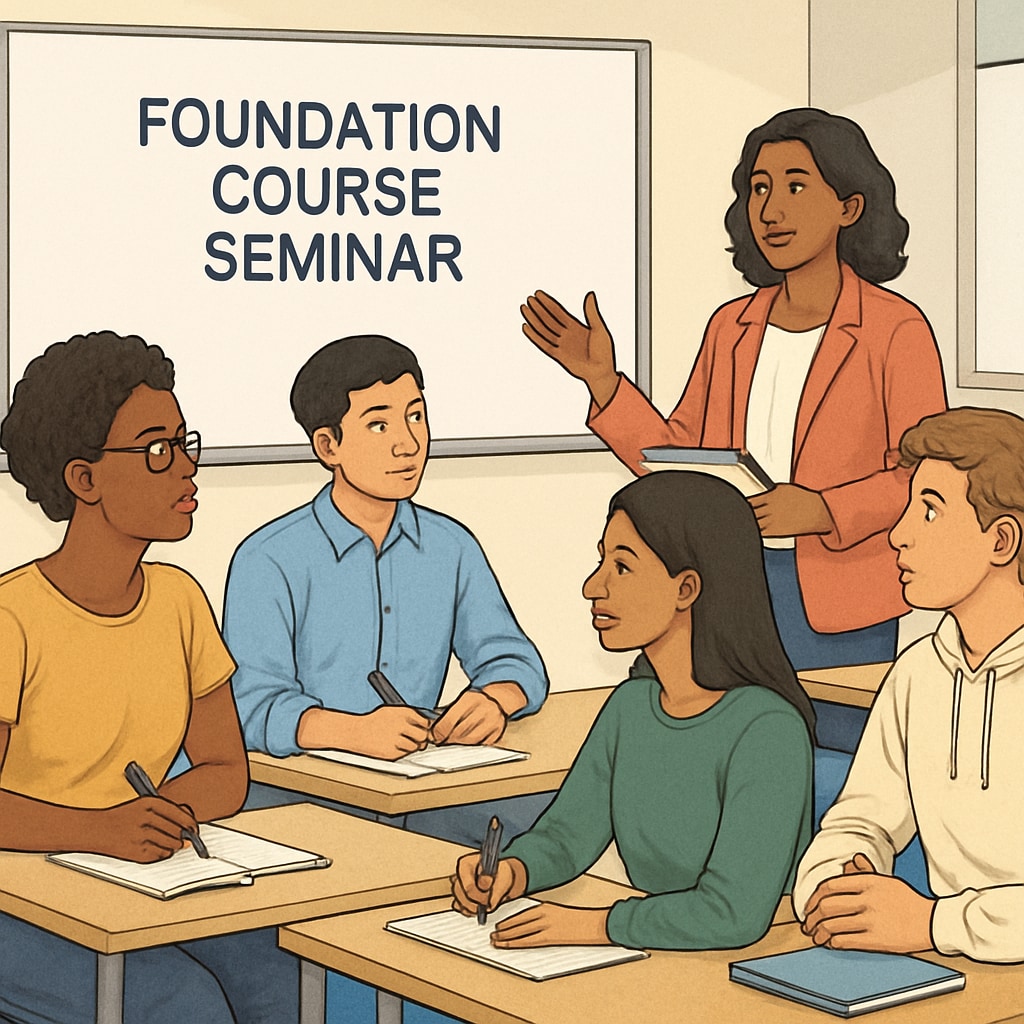Experiencing failure in A-Level exams can be a challenging moment for both students and parents. It often leads to a crossroads where tough decisions need to be made regarding educational choices. Should the student retake their exams, enroll in a lower-ranked local university, or pursue a foundation course abroad? This article explores the pros and cons of each option, providing families with a clear framework to make an informed decision based on personal goals, academic strengths, and financial resources.
Option 1: Retaking A-Level Exams
Retaking A-Level exams is often the first choice considered by students who narrowly missed their target grades. This path allows individuals to stay on track with their original university aspirations, particularly if they are aiming for competitive institutions. However, it comes with significant challenges.
- Advantages: Retakes provide an opportunity to improve grades and demonstrate resilience to future universities.
- Disadvantages: The process can be time-consuming and stressful, with no guarantees of better results. Additionally, students may feel isolated as their peers progress to university.
Retaking is most suitable for students who are confident in their ability to improve through structured preparation and who are committed to their original academic goals.

Option 2: Attending Local Universities with Lower Rankings
Another common option is to enroll in a local university that does not require high A-Level grades for admission. While this choice allows students to start their higher education journey immediately, it may not align with their aspirations or long-term career goals.
- Advantages: Immediate enrollment avoids a gap year and provides a chance to gain valuable skills and experiences during university studies.
- Disadvantages: Lower-ranked institutions may have limited resources and networking opportunities compared to prestigious universities.
This option suits students who prioritize starting their studies without delay and are willing to explore alternative career paths that do not require elite university credentials.
Option 3: Pursuing Foundation Courses Abroad
For families with the means to invest in overseas education, foundation courses offered by international universities can be an appealing alternative. These programs are designed to prepare students for undergraduate studies and often accept candidates with lower academic performance.
- Advantages: Foundation courses provide tailored academic support and exposure to a global learning environment, which can boost confidence and broaden perspectives.
- Disadvantages: High costs and the emotional impact of studying far from home can be significant barriers.
This route is ideal for students who are adaptable, eager to experience international education, and whose families are financially prepared for the associated expenses.

How to Decide: A Practical Framework
Deciding on the best educational path requires careful consideration of several factors. Here is a step-by-step framework to guide students and parents:
- Assess Academic Strengths: Reflect on the student’s ability to improve their grades or adapt to new academic environments.
- Define Long-Term Goals: Consider how each option aligns with future career aspirations and personal ambitions.
- Evaluate Financial Resources: Account for tuition fees, living expenses, and potential returns on investment for each path.
- Understand Personal Preferences: Factor in the student’s comfort level with changes such as relocation or delayed admission.
Ultimately, the best choice is one that aligns with the student’s unique needs and circumstances while fostering growth and success in the long term.
For further reading on educational pathways and career planning, visit Education on Wikipedia or Education on Britannica.
Readability guidance: This article avoids overly complex language and long paragraphs, ensuring clarity for a broad audience. It uses short sentences and transitional phrases to enhance flow while maintaining a professional tone.


